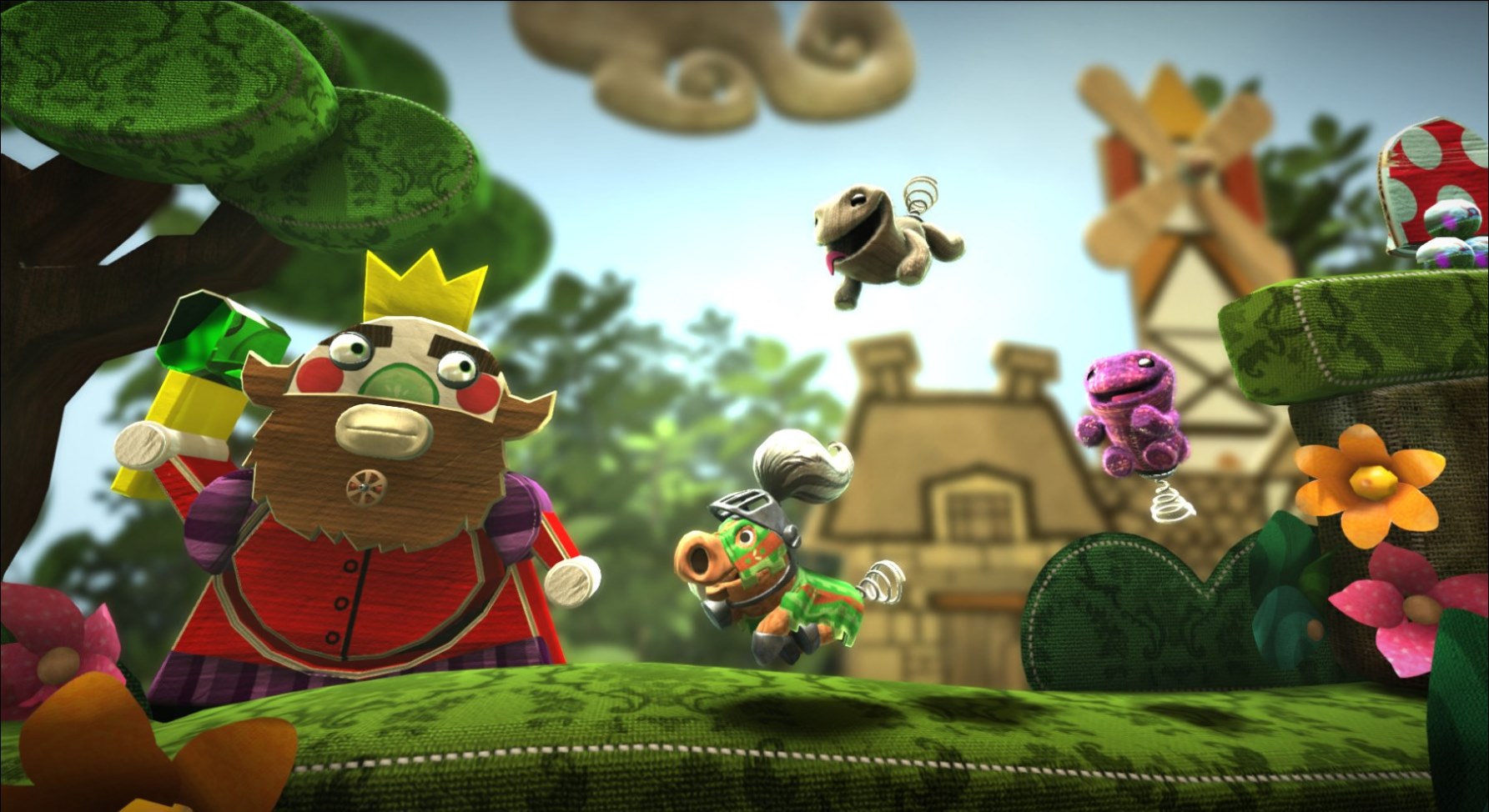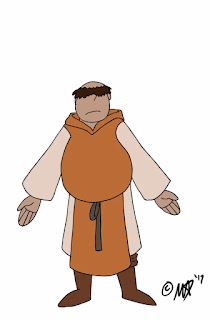Yugoslavia
Duga Film studio created the first Yugoslavian cartoon
The Big Meeting (1951), which was made to celebrate the Yugoslavian identity
UK
Halas & Batchelor created the first British animated feature to get a general release,
Animal Farm (1954).
Animal Farm was based on the novel of the same name by George Orwell, was aimed at adult audiences and retold the story of the emergence and development of Soviet communism in the form of an animal fable and allegorises the rise to power of the dictator Joseph Stalin.
Bob Godfrey made
Do It Yourself Cartoon Kit (1961), which featured cutout animation with eccentric, surrealist humour in a style that influenced
Monty Python's Flying Circus in the 1970's. The animation Godfrey used could be referred to as lo-fi animation, a subversion of the animation tradition that refuses to take itself seriously.
Hungary/USA
George Pal worked in Hollywood and produced and directed the film
Tom Thumb (1958). The film used a mix of giant sets, superimposition and stop-frame animation. The film won the Oscar for best special effects in 1959.
Czech Republic
Karel Zeman made
The Fabulous World of Jules Verne (1958), which combined stop frame creatures and live action.
Japan
Taiji Yabushita made the first Japanese full-length animated feature in colour,
Legend of the White Snake (1958), which was produced faster than Western features and were based more on spectacle and special effects than character animation. The style used in this film was considered to be the roots of anime
Osamu Tezuka created the manga
Astro Boy (inspired by the story of Pinnochio) which was developed into a TV series in 1963.
Astro Boy demonstrated to the world a particular style of cartoon that would later become anime
China
Wan Laiming made
Havoc in Heaven, which was based on the traditional Buddhist tale about the Monkey King. The film was released in two parts, the first in 1961, the second in 1964. Both parts were edited together and screened in 1965
Canada
Norman McLaren created
Neighbours (1952) which used many different types of effects, including live action stop motion. An edited version of the film won an Oscar in the documentary category.
Croatia
Zagreb Film created
Samac [alone] (1958), which initiated a wave of existential films questioning and commenting the human condition, which won a prize at the Venice Film Festival.
Dusan Vukotic and Zagreb Film also made
Surogat (1961), which was the first animated film to win an Oscar that was not made in the USA.
Surogat was a modernist short that takes a simplified design aesthetic to extremes.
Russia
Fyodor Khitruk made
Story of One Crime (1962), which was a modernist styled animation about a character driven to his wit's end by human noise pollution. The film caused concern among the Communist Party officials, who saw it as an attack on government housing policies. The film inspired a new generation of Russian animators to make modern, adult films that contained irony, social satire and original ideas.
















